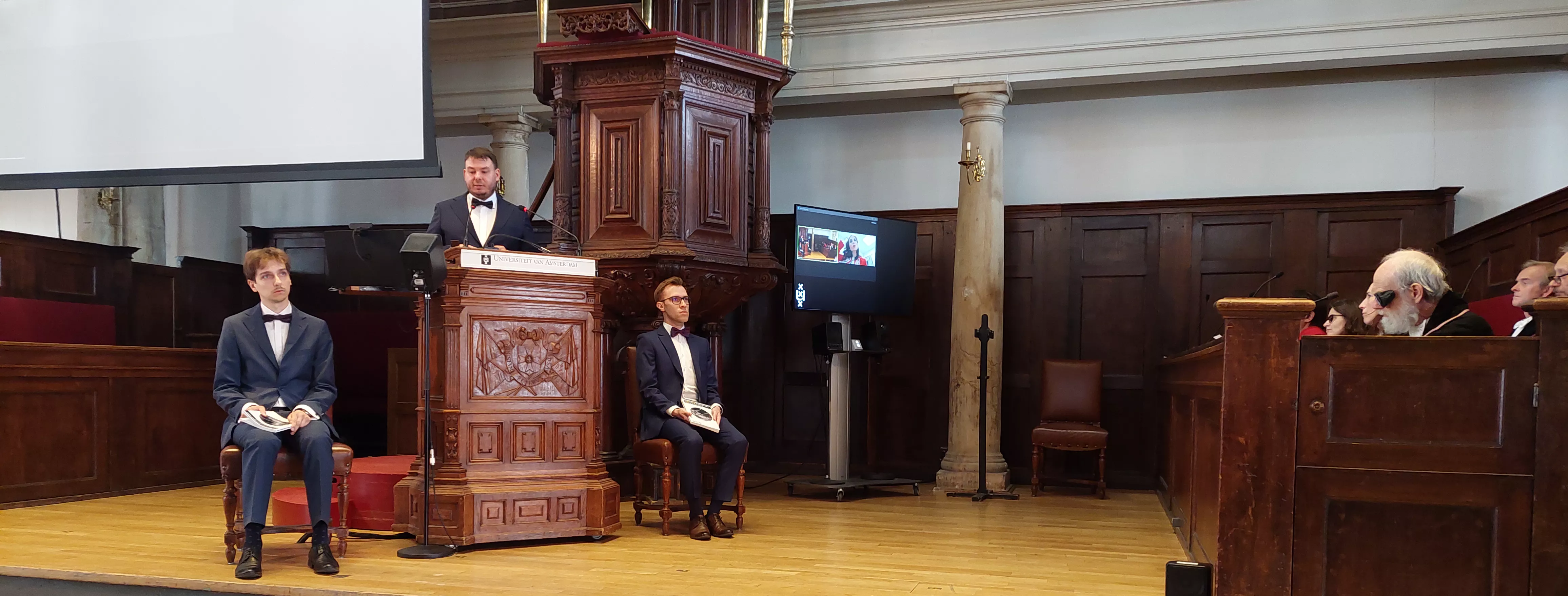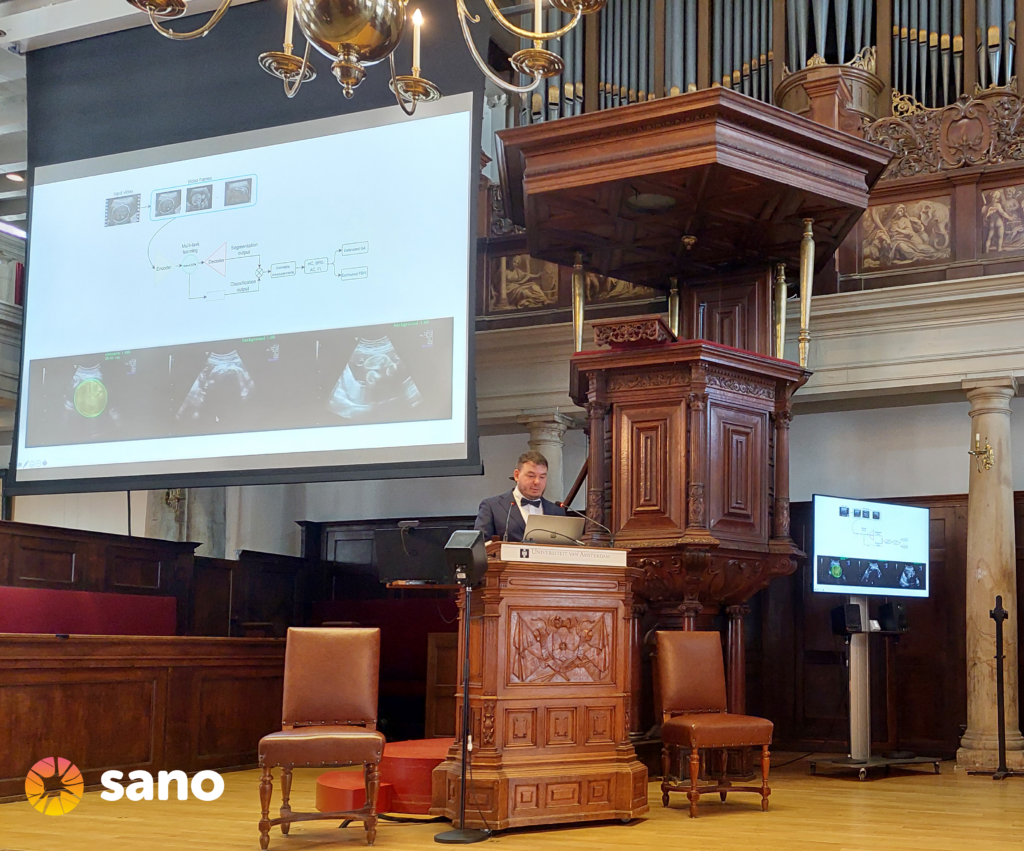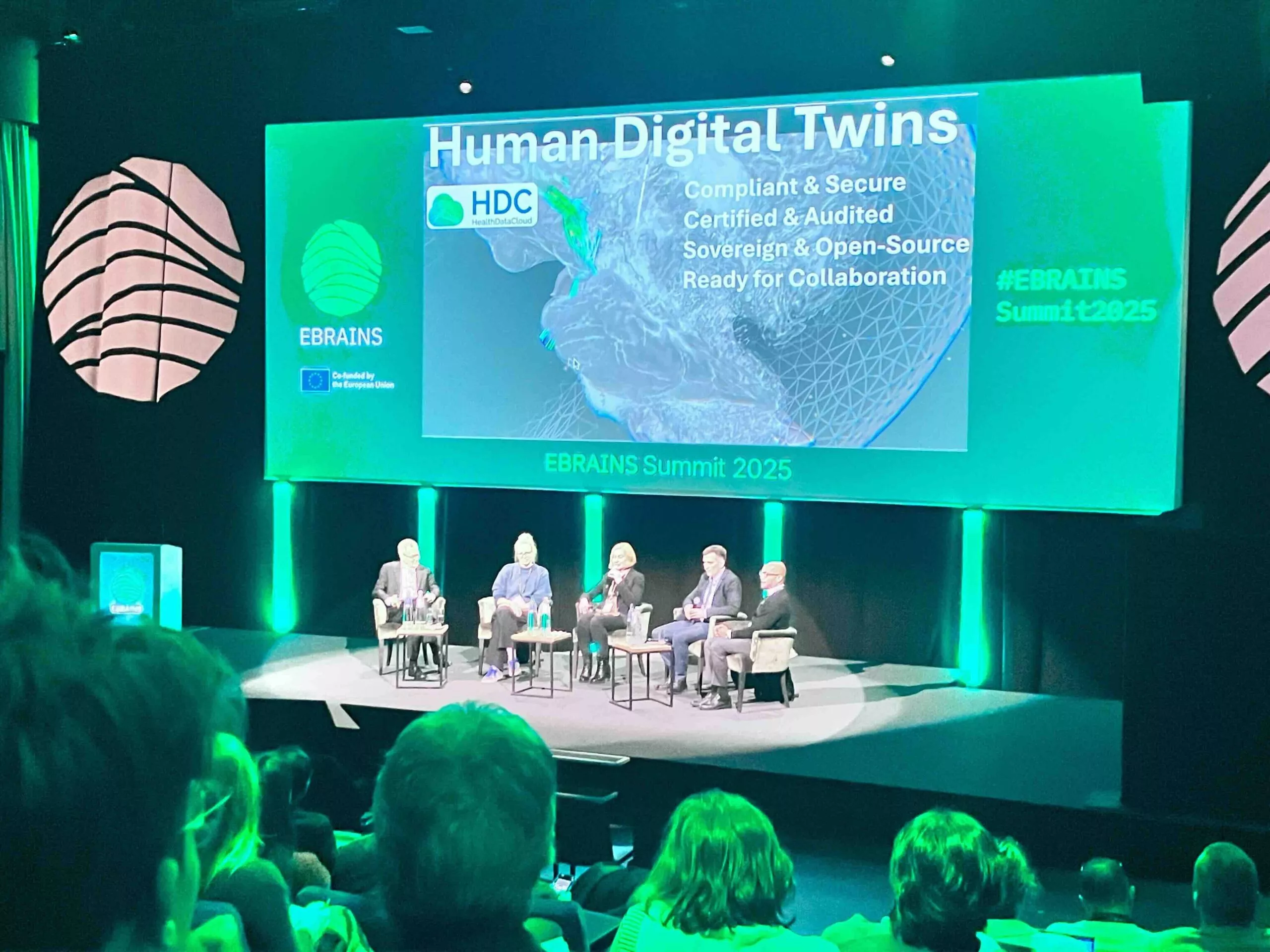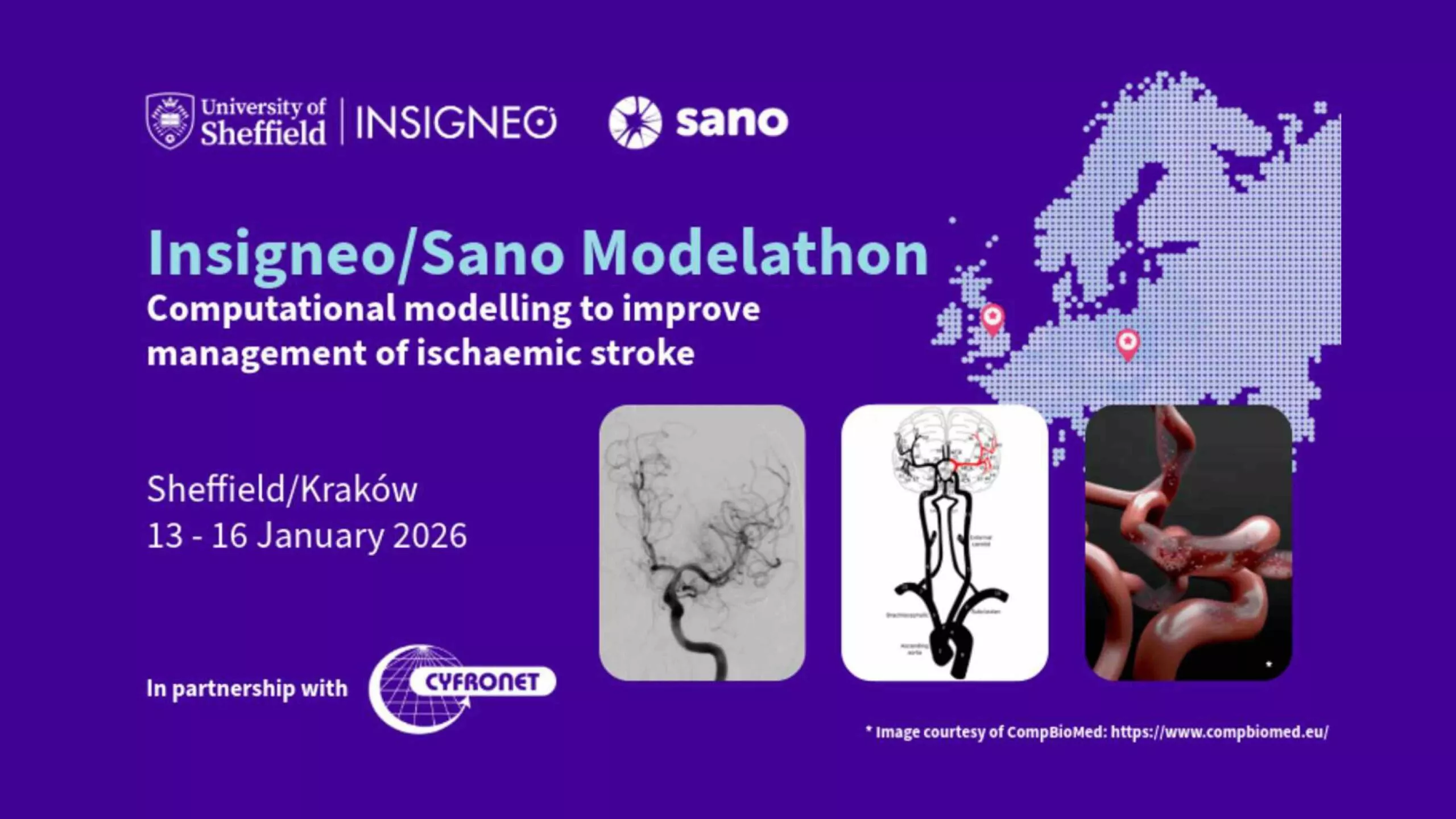
The Dutch PhD Defence: A Blend of Ceremony, Support, and Academic Rigor
The PhD defense in the Netherlands significantly differs from doctoral defenses in other countries due to its ceremonial approach and rich traditions. Szymon Płotka, who defended his doctoral thesis at the University of Amsterdam, shares his experiences from this extraordinary event and elaborates on the unique features of the Dutch PhD defense, highlighting details that emphasize its distinct character.
Unique Characteristics of the Dutch PhD Defence
1. Distinctive Defence Style and Venue
At the University of Amsterdam, where I studied, the defence takes place in two iconic historical locations: the Old Lutheran Church (Oude Lutherse Kerk) and the Agnietenkapel. Both venues are situated in the picturesque heart of old Amsterdam, adding a layer of historical and cultural significance to the ceremony. I had the privilege of holding my defence in the Old Lutheran Church.
2. Ceremonial Nature
Unlike in many other countries, the PhD defence in the Netherlands is not an examination where you receive a grade post-defence. Instead, it is a formal ceremony celebrating the culmination of years of hard work. However, the Candidate must answer a few questions from each of the Committee Members. The ceremony is designed for the Candidate, their family, friends, and academic peers to witness this significant milestone. During the ceremony, all participants, including the supervisors, committee members, and the chair, don academic gowns, emphasizing the formality and tradition of the event.
3. Role of the Beadle (Pedel)
One of the intriguing aspects of the Dutch PhD defence is the role of the Beadle (or Pedel in Dutch). The Beadle acts as the master of ceremonies. In my case, the Beadle was a woman named Kitty Jonker, who provided invaluable support by preparing me mentally before the ceremony. She also orchestrated the entrance and seating of the supervisors, committee members, and the chair, ensuring everything proceeded smoothly and with due decorum.
4. Paranymphs: The Candidate’s Support
The Candidate is accompanied by two paranymphs, akin to attendants or supporters. Historically, paranymphs were expected to answer questions on behalf of the Candidate, although this practice is rarely observed today. The paranymphs’ role is symbolic, similar to that of witnesses at a wedding, providing moral and logistical support throughout the defence. In my case, I had two colleagues and co-authors from Sano: Michał Grzeszczyk and Tomasz Szczepański.
5. Structure and Timing of the Ceremony
The Dutch PhD defence ceremony is concise and meticulously timed. It begins precisely on the hour with the Candidate delivering a short presentation (approximately 10 minutes) outlining the key achievements and contributions of their PhD research. Following this, the Beadle leads the academic procession to their designated seats. The Candidate then reads a formal statement before fielding questions from the committee members. This questioning period lasts exactly 45 minutes. The conclusion of the question session is signaled by the Beadle’s return and the pronouncement of “Hora est!” (“The hour has come!”), marking the end of this segment.
6. Diploma Presentation
Once the defence is officially completed and the Candidate has successfully answered all questions, they are awarded their doctoral diploma. This typically occurs in a separate, more informal setting following the ceremony. The diploma is presented to the Candidate by one of the university officials or supervisors, symbolizing the official conferment of the doctoral degree. This moment marks the culmination of years of rigorous research and study, and it is a proud and emotional moment for the new PhD graduate. In my case, I received my PhD diploma from Prof. Dr. Ivana Išgum, one of my supervisors.
7. Reception
Following the diploma presentation, a reception is usually held to celebrate the Candidate’s achievement. This reception is often organized in a designated area such as a university hall, a nearby venue, or a social space. It provides an opportunity for the Candidate to mingle with family, friends, colleagues, and academic peers. The reception typically features refreshments, and it offers a chance for informal conversations, congratulations, and reflections on the journey that led to this significant accomplishment.
The reception serves as both a celebration of the Candidate’s success and a social occasion where attendees can express their support and share in the joy of the achievement. It’s a fitting end to a day that honors the dedication and hard work involved in earning a PhD.

The PhD defense ceremony can be viewed on the website of the University of Amsterdam www.uva.nl




